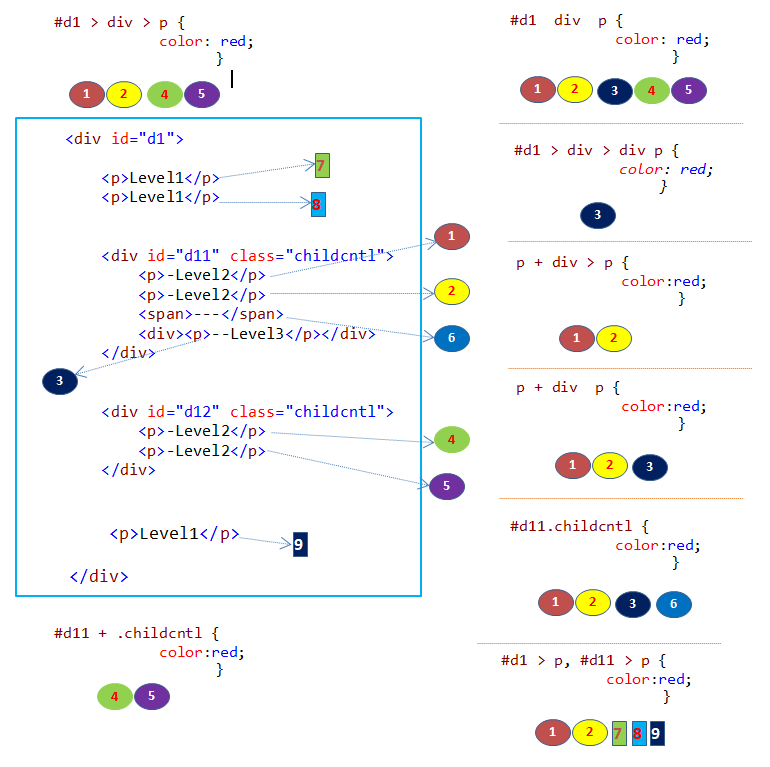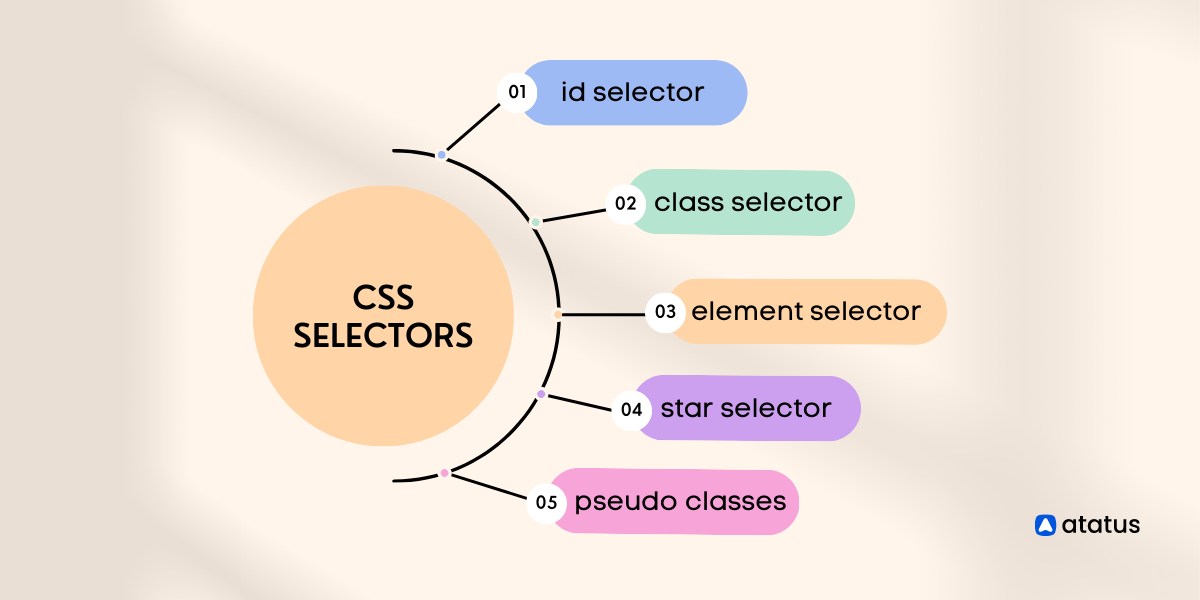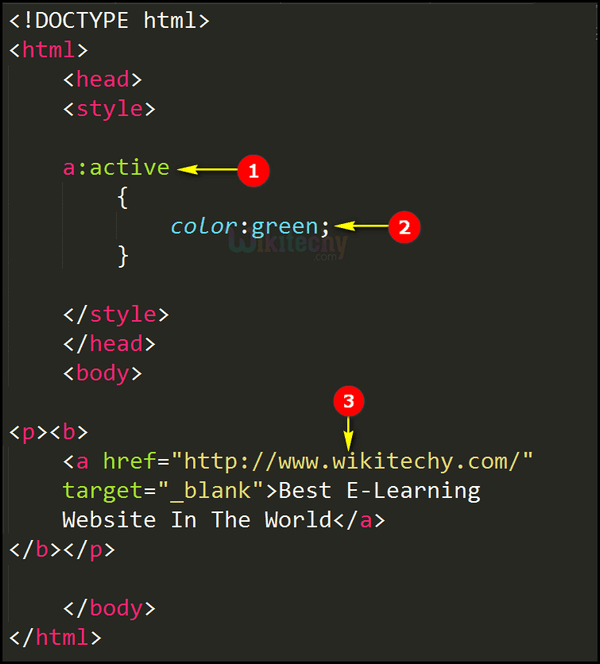
8 CSS selectors explained with example, DOM tree and cheat sheet
Before active state (before clicking the button): After clicking the button: Explanation: In the above example, use following CSS property to set the :active selector. button:active { background-color: green; font-family: 'Courier New', Courier, monospace } With these lines of code we are changing the styling of button on focusing.

20+ Select Box CSS Examples Inspiration OnAirCode
MDN Tecnologia da Web para desenvolvedores CSS :active :active In This Article The :active CSS pseudo-class represents an element (such as a button) that is being activated by the user. It is generally triggered when the user clicks on an element or selects it with the keyboard's tab key.

10 CSS Selectors that will Boost your Coding Skills
CSS Pseudo-classes Previous Next What are Pseudo-classes? A pseudo-class is used to define a special state of an element. For example, it can be used to: Style an element when a user mouses over it Style visited and unvisited links differently Style an element when it gets focus Mouse Over Me Syntax The syntax of pseudo-classes:

CSS Link active CSS Learn in 30 seconds from Microsoft MVP Awarded wikitechy
The :active pseudo-class is used to select and style the active link or any other element. It is activated by user. An element becomes active when the user clicks on the link or the element and presses down the mouse button. The :active pseudo-class is used on the and

CSS Selectors Types of Selectors in CSS Ultimate Guide on CSS3 Selectors BTech Geeks
The CSS :active selector allows you to target an element that is being activated (such as a link that is being clicked on). Syntax The syntax for the :active CSS selector is: element:active { style_properties } Parameters or Arguments element The element to target when the user activates it. style_properties

CSS Selectors How To Combine For Specific Targets
Select car: Try it Yourself » Create a Custom Select Menu Step 1) Add HTML: Example